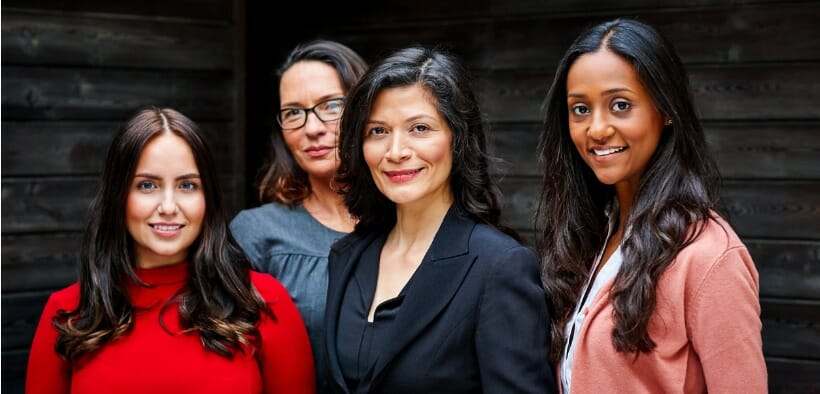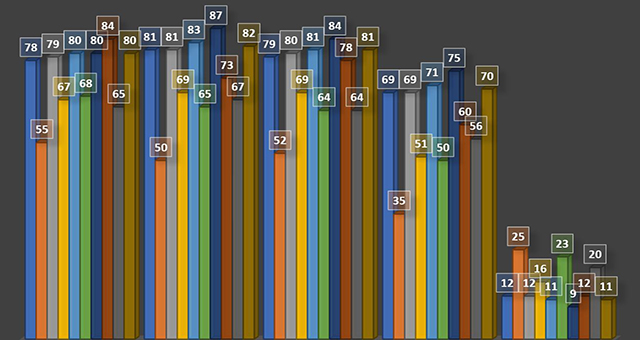Lessons for Engaging and Retaining BIPOC Students
How do we attract historically underrepresented groups of students to our institutions—that is, first-generation college students; Black, Indigenous, and other students of color; and students from low-income backgrounds? How do we best serve them at our institutions? How do we retain them and support them to persist and graduate? Academia,...
Supporting the Mental Health of LGBTQ+ Students in a Post-quarantine Academic Year
Following the move to online instruction to combat the spread of COVID-19, a number of publications have been more frequently discussing the related mental health impact on LGBTQ+ students. In short, many of these articles focus on how stay-at-home orders have affected this student demographic. Examples of such topics include...
Leading Your Academic Department Toward Inclusion: How to Ensure Faculty are LGBTQ+ Competent
During my six years at the University of Connecticut, I had the opportunity to interact with many different faculty members across our campus community. This was particularly true during my final two years, when I coordinated our Rainbow Center’s Out to Lunch (OTL) Lecture Series. The OTL Lecture Series—our center’s...
Creating Dialogue in the Interest of Social Justice on Campus
In a polarized national climate, free speech and First Amendment protections have drawn increasing attention on college campuses. With the advent of open white nationalism, expressions of white supremacy, and the potential for hate speech, campuses have sought to protect student safety and guard against the harassment of minoritized students....
Petty Principles for Women in Higher Education: Realistic and Practical Advice for Success in Higher Education Leadership
According to recent research, women in higher education continue to consistently be underrepresented at the administrative levels of dean, chief academic officers, provost, and president (Gallant, 2014). There are numerous motives identified by researchers for the persistence of the underrepresentation of women in the top ranks of leadership in higher...
Developing Critical Cross-cultural Communicative Competence in Academic Leaders
According to Chun and Evans (2018), continued white hegemonic practices in university and college administration and faculty have failed to develop a representative institutional culture and organizational structure that is responsive to the needs of diverse students and faculty. The purpose of this article is to discuss this issue, relate...
Teaching and Learning Centers as Catalysts for Faculty Diversity Development
Consider the experience of Jordan, a fourth-year political science major, who was told by his professor that many African-American students do not pass her class (Brooms, 2017). This stereotyping can create a self-fulfilling prophecy, or what Claude Steele describes as a “stereotype threat,” which impacts students’ performance by challenging their...
Approaches to Building and Sustaining a Diverse Adjunct Workforce
With nontenure-track faculty now comprising 70 percent of the faculty workforce, academic leaders face daunting challenges in creating proactive workplace strategies that address this new reality. Even though more than a quarter of nontenure-track faculty are now in full-time nontenure-track appointments, the majority still teach part time. Despite the urgency...
What Encourages Faculty to Include Diversity Materials in Their Courses?
Incorporating material that addresses diversity issues in classes has positive effects on a number of learning outcomes. The success of efforts to make curricula more diverse depends to a large degree on faculty willingness to incorporate these materials because control of the curriculum remains in faculty hands—both collectively, in terms...
UW–Madison Campus Climate Survey: 5 Key Results Charted
Officials from the University of Wisconsin-Madison released results from a campus-wide climate survey. The survey of nearly 200 questions was conducted in the fall of 2016. All undergraduate, graduate, professional and non-degree-seeking students were invited to participate. Overall, 8,652 students, or 21% of those who were eligible, completed the survey....











